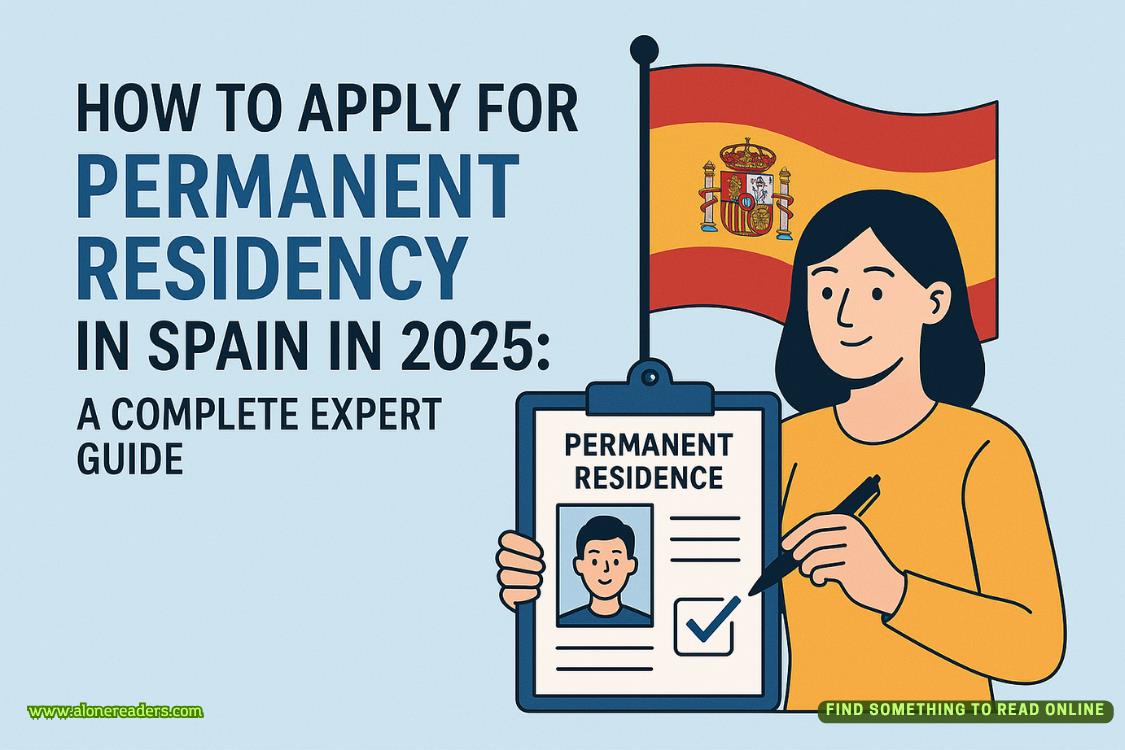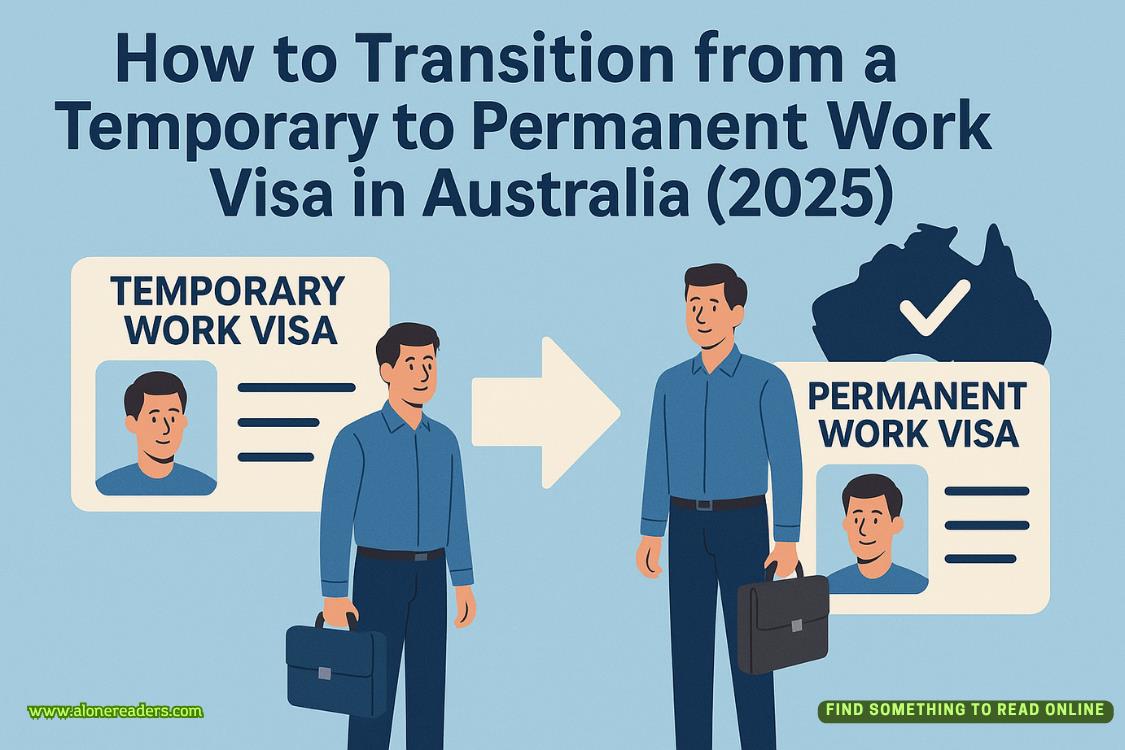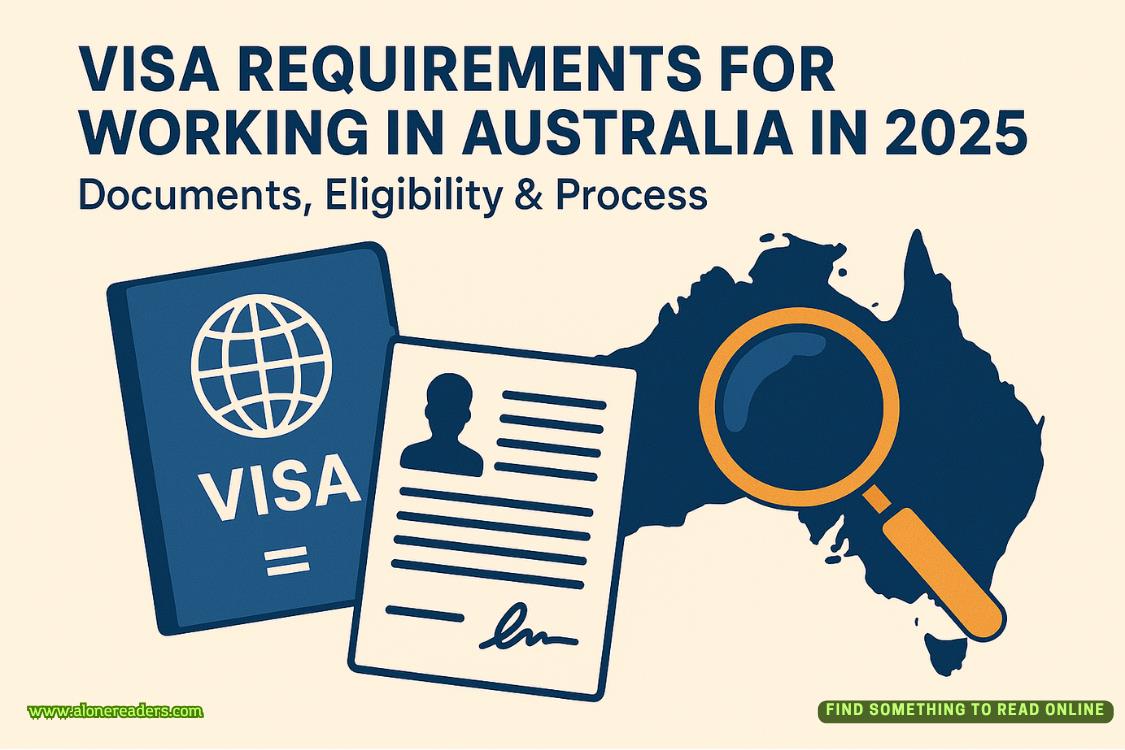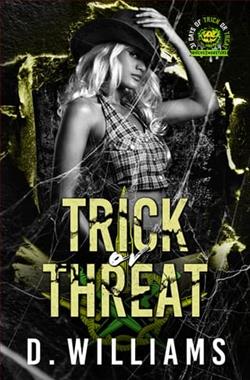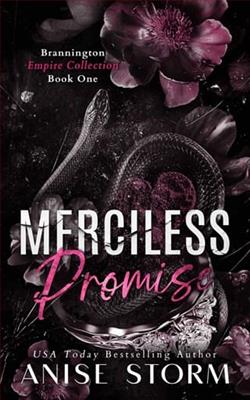Page 11 of Long Time Gone
“Those are my biological parents,” Sloan said. “Preston and Annabelle Margolis.”
“Up and vanished?” Todd Hastings said, his words turning the magazine headline into a question. “I remember this story.”
“I remember it, too,” Dolly said. “It swept the nation. The family disappeared without a trace.”
“What are you telling us, sweetie?” her dad said. “Your DNA profile suggests that these people are your biological parents?”
“Not just that,” Sloan said. “I’m the baby they’re holding.”
CHAPTER 10
Raleigh, North Carolina Thursday, July 11, 2024
THE HASTINGS CANCELLED THEIR SCHEDULES FOR THE REST OF THE day and drove home with Sloan. The three sat at the kitchen table with all of Sloan’s research spread around them—tabloid covers, newspaper articles, and the detailed family tree James had constructed. Although Sloan had never seriously considered that her parents knew any more about her origins than they had already told her, the astonishment in their faces as they paged through Sloan’s findings was enough to remove any morsel of doubt that might be hidden in the shadowed corners of her mind.
“How accurate are these DNA sites?” her father asked.
“I asked James the same question. His answer was ninety-nine point nine percent accurate.” Sloan held up another image of baby Charlotte in her parents’ arms. “So this girl is me. Or I’m her, or whatever.” Sloan tossed the picture onto the table in frustration. “The adoption agency you went through, can you get all my records?”
Sloan saw her parents offer each other a nervous glance.
“We have paperwork,” her father said. “But it’s not from an adoption agency. We were initially connected with an agency, and we were on their list, but after a few potential matches fell through we decided to go outside the agency.”
“Outside the agency? What does that mean?”
“Private adoption,” her mother said. “We were still on the list with the agency, but it had been such a long and laborious process with lots of leads that ended up in disappointment, that we started to look for other options. We’d heard of other couples finding birth parents on their own and working directly with them instead of going through an agency. Many of those stories had happy endings, and the process of private adoption was much faster when the middleman was removed.”
“So if it wasn’t through an adoption agency, how did you find me?”
“This was back in 1995,” her dad said. “The Internet was new and just taking off. The World Wide Web and cell phones and texting and instant communication with anyone around the world is all you know, Sloan, but when we started the adoption process the Internet was this new and foreign thing. With the broad use of the Internet came an urgency among the adoption community to get in on the ground floor of this new technology. To not miss out on the chance to eliminate the middleman of an adoption agency, streamline the process, and meet birth parents online who wanted to find adoptive parents directly. It was like the Gold Rush. Once word spread about successful matches, everyone flocked to the Internet to try private adoptions themselves. We had been working with the agency for three years by then and hadn’t been placed with a birth mother, so we decided to use the Internet. We met your birth mother pretty quickly. Two months later, we signed the papers and you were ours.”
“Did you meet her?” Sloan asked. “My birth mother?”
Dolly nodded. “Of course.”
Sloan held up the picture from the cover of Events Magazine, pointing at Annabelle Margolis. “Was this her?”
Sloan saw her parents glance at each other again before her mother shook her head. “No.”
Sloan took a deep breath. “My God, what the hell is happening?”
“We have the paperwork,” Dolly Hastings muttered to herself.
Sloan took a deep breath. “So either my DNA profile, which is statistically impossible to be incorrectly matched to this family, is wrong, or something really shady happened when you adopted me. Like, this Wendy Downing woman who claimed to be my birth mother kidnapped me, or something. Christ, I don’t know!”
Her dad came over and rubbed her back. “It’s okay, sweetie. We’re going to figure this out. But I think . . .” Todd Hastings glanced at his wife. “With everything you’ve discovered, I think we need to call the police.”
CHAPTER 11
Raleigh, North Carolina Friday, July 19, 2024
IT HAD BEEN A WHIRLWIND OF A WEEK.
Day one had started with a patrol officer stopping by the Hastings residence to listen to Sloan’s story and take a formal statement. Day two involved a detective from the missing persons division of the Raleigh Police Department. Day three held a visit from the same detective, plus an FBI agent associated with the National Center for Missing and Exploited Children. Accompanying the FBI agent was an evidence technician who asked Sloan to sign a consent form before he swabbed the inside of her cheek and took a vial of blood. Proof that the FBI worked faster than even James the genealogist, two agents from the FBI’s Criminal Investigation Unit arrived at the Hastings home seventy-two hours later with confirmation that Sloan’s DNA, indeed, matched the DNA sample from Charlotte Margolis, which had sat undisturbed in an evidence locker at the Harrison County Sheriff’s Office in Cedar Creek, Nevada, for nearly thirty years.
The next three days saw FBI agents politely but formally interview Dolly and Todd Hastings. The initial questions centered around how, exactly, the Hastings had adopted Sloan in November of 1995, four months after baby Charlotte Margolis went missing. After preliminary inquiries, the agents separated Dolly and Todd and asked more probing questions. Sloan had holed up in her childhood bedroom during that first day, when the Hastings home became an interrogation center. The following day, her parents had been whisked away to answer questions at the North Carolina State Bureau of Investigation headquarters in Raleigh, leaving Sloan to nervously pace her apartment as she waited. On Friday, the third day of questioning, Sloan’s parents were escorted to the FBI headquarters in Charlotte, two and a half hours away. Sloan tried to tough it out, but the walls of her apartment began to close in, and she felt a desperate need for space.
Looking to distract her mind and escape the obsessive thoughts about her parents, the questions they were answering, and the FBI’s suspicions about their role in her disappearance decades earlier, she decided work was the best place to be. She grabbed her keys on the way out of her apartment and headed to the morgue.

